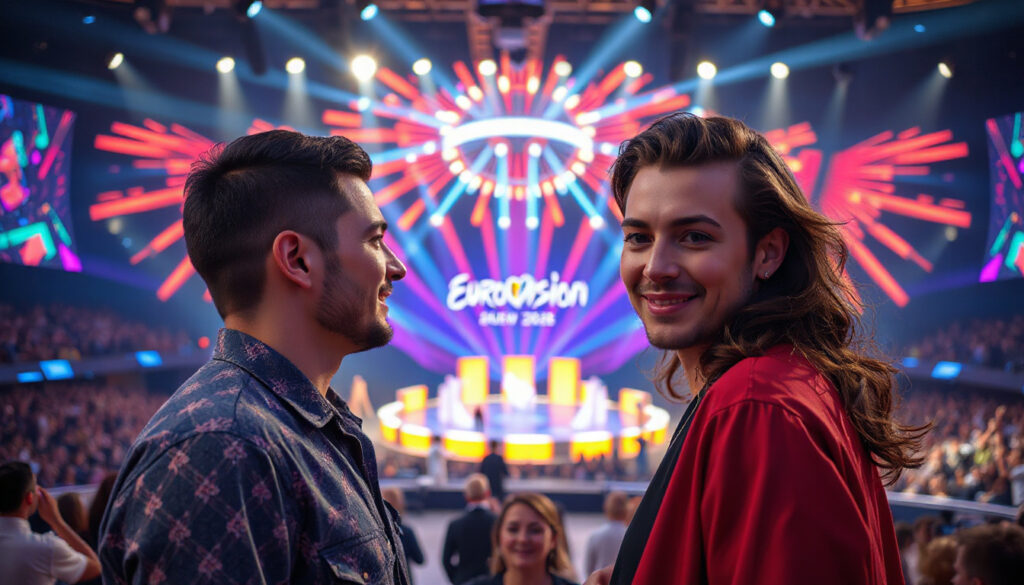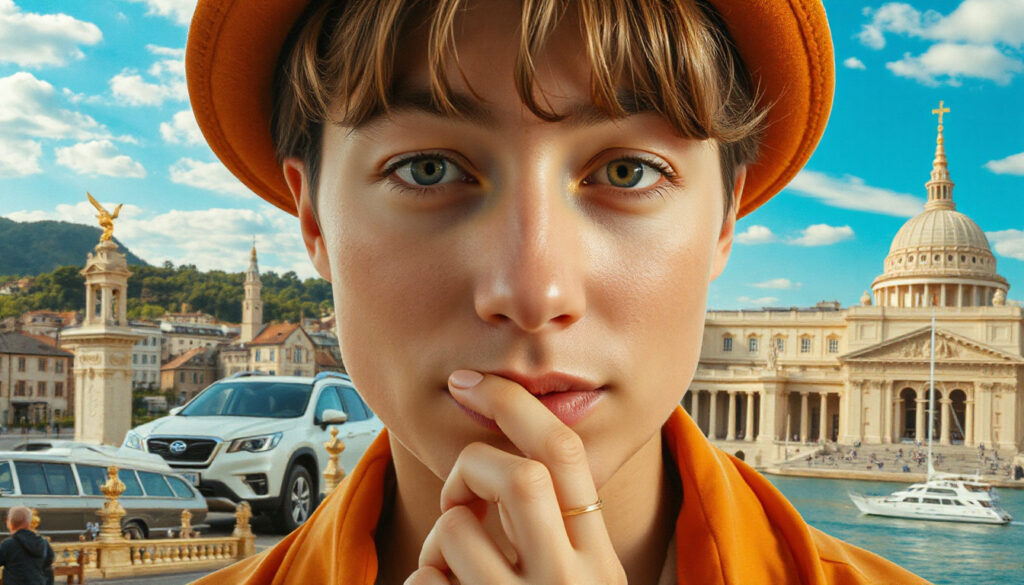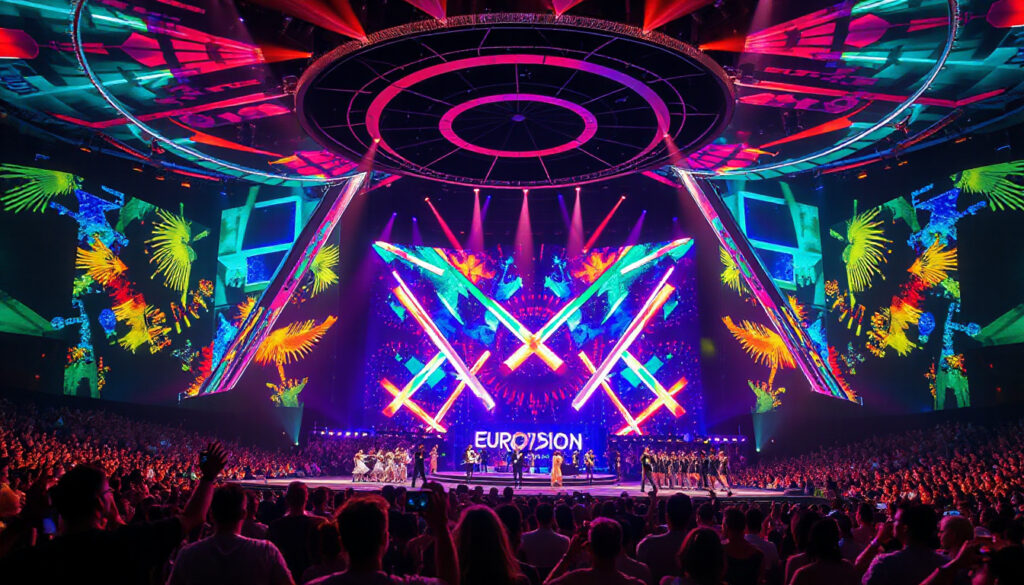Discover Eurovision 2026’s New Camera Angle Guide
Eurovision shows do more than play music. They use work from cameras to shape the show. In 2026, camera moves and angles will change. Fans and production teams can see what makes these visuals work. Here is a close look at Eurovision 2026’s camera rules. They build on past moments and today’s live standards.
Why Camera Angles Count in Eurovision
Eurovision draws many eyes worldwide. The show mixes live singing, sets, lights, and strong camera work. Camera angles do more than record the stage. They show feelings, mark key moments, and join the artist with the viewer. Bad camera work can lower a great act. Smart shots help tell the performance’s story.
For Eurovision 2026, the camera guide mixes old style with new ideas. It asks teams to work with smooth moves that suit each country’s look.
Main Camera Techniques for 2026
Drawing on famous Eurovision shots and current live work, here are core camera strategies for 2026:
1. Dynamic Shots That Center on the Performer
- Circling the Main Artist: One shot follows the lead performer at eye level while the artist looks into the lens. This shot creates closeness and energy with the viewer.
- Close-Ups That Speak: Very near shots of a singer’s face with slow zoom-ins or soft pans capture true emotion. For ballads, these shots show eyes and small expressions.
- Smooth Transition Shots: Slow zooms or dissolves from close to wide views let the story change smoothly from private to full-stage moments.
2. Support Acts as Visual Parts
Eurovision often shows strong backup singers and dancers that go with the routine or theme. Camera rules for these acts include:
- Quick shots that show dance moves and costume details.
- Shots set with the beat or light effects to add rhythm.
- Shots that show special moves or props, such as dance gestures or hand movements that mark the show.
3. Use of Modern Camera Tools
The Eurovision team now uses many tools to get all views:
- Spider Cam: An overhead flying camera that moves over the stage.
- Remote-Controlled Dollies: Tools that follow a side path along the stage.
- Extendable Cranes: Mechanisms that lift the camera above the stage to give a deep view.
- Steadicams: Operators follow the show with smooth movement during rehearsals.
The 2026 guide asks teams to use these tools with care. They should keep the view clean and not move too much to confuse the viewer.

Working With Stage Design and Lights
Eurovision shows now use large LED screens, moving panels, and many lights. The camera work must match these parts so that the view stays clear:
- 360-Degree Stage Screens: Camera spots shift to show light effects while avoiding glare.
- Light Cues for Flags and Effects: Overhead light panels show national flags. Camera teams work to catch these moments to boost pride.
- Fire and Special Effects: With many stage flames, fire jets, fog, and wind machines set to appear, cameras must catch these scenes in a way that adds to the performance rather than distracts from it.
Simple Tips for Fans and Producers
If you wish to see or use Eurovision-style camera work, try these tips:
- Focus on Feelings: Aim to show the artist’s strong moments. Whether in a close shot or a move, let emotion guide you.
- Mix Shots Smartly: Using both wide and near shots keeps the scene fresh.
- Work With the Stage Moves: Watch the dance and effects to pick your camera spot.
- Plan Smooth Changes: Edit shots so that live action does not break.
- Hold the Artist in View: Make sure the background or lights do not take over the scene.
Why These Rules Matter for Eurovision 2026
Well-thought camera angles let performances show at their best. This gives fans a view that feels smooth and real. With 23 cameras planned, including cranes and steadicams, the task is to show both the grand show and the close artist moments without a mess.
Eurovision 2026’s camera rules mix old style that long-time viewers know with new tech and art trends from recent shows. This plan respects Eurovision’s past while meeting today’s stage needs.
Next Steps for Fans and Crew
If you work in TV, manage a stage, or love Eurovision and wish to know the behind-the-scenes view, watch shows with care for how cameras move. For teams in live work, keep learning from Eurovision’s shifting style for large shows and fast scene cuts.
Final Thought
The right camera angles tell the show’s story as much as the song and dance do. Eurovision 2026’s camera guide shows a plan to make every moment clear and strong. Watch next time to see how cameras shift, zoom, and focus. They add a layer of art that brings the contest to life.
Ready to learn more about live show production or find out how camera work affects the viewer? Start watching your favorite Eurovision acts closely and note the camera moves that make them stand out.







